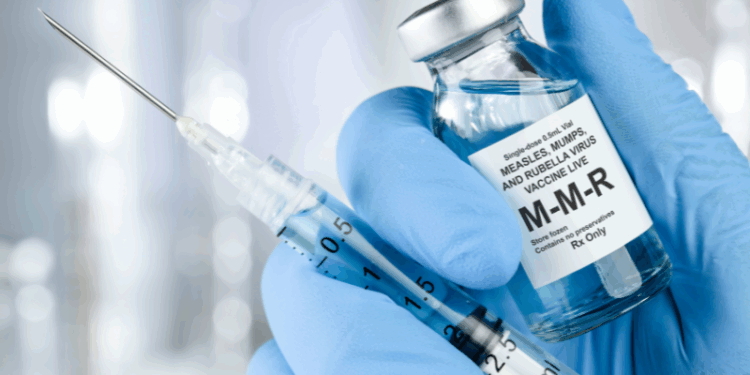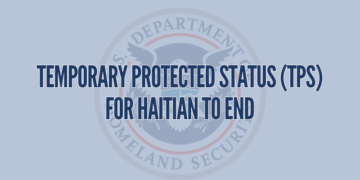The United States is facing its most severe measles outbreak in 25 years, with confirmed cases in 2025 now exceeding totals seen in any year since the disease was declared eliminated in 2000.
As of early July, 1,277 measles infections have been recorded, surpassing the 1,274 cases reported in 2019. The Centers for Disease Control and Prevention (CDC) attributes much of the surge to a major outbreak in Western Texas.
The virus has led to 155 hospitalizations and three deaths, affecting 824 children and 431 adults. Texas remains the epicenter, with 36 counties reporting infections and two school-aged children dying from the disease since January.
Measles is highly infectious, with roughly 20% of those infected requiring hospitalization. The illness typically begins 7 to 14 days after exposure, marked by fever, cough, and runny nose. The signature rash emerges several days later.
Cases have now been confirmed in 39 states. Health officials believe the actual number of infections is likely higher due to underreporting. Experts attribute the outbreak to declining vaccination rates, which are driven by misinformation and resistance to immunization. All three fatalities involved unvaccinated individuals.
The MMR vaccine, introduced in the 1970s, played a crucial role in reducing measles cases in the U.S. Annual case counts had averaged around 180 until this year’s dramatic spike.







